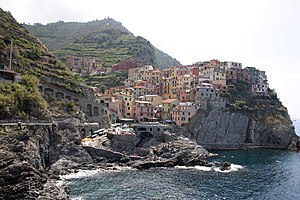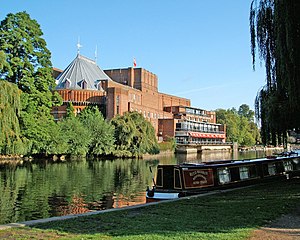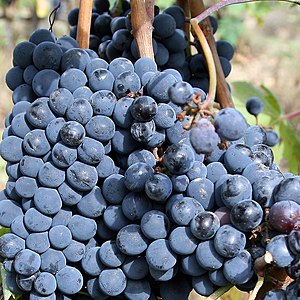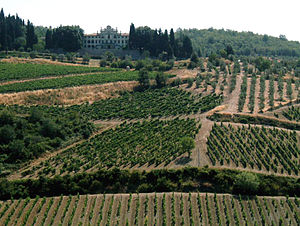 Image via WikipediaAh, Forte Dei Marmi. A cool sea breeze, healthy salty air, anything anyone could care for. A lovely Tuscan port made famous for marble shipping, Forte dei Marmi is definitely a good rocky base. Surrounded by magnificent white sand beaches, elegant venues, and being an up and up hotspot, Forte Dei Marmi delivers to the avid vacationer without falling short of the mark.
Image via WikipediaAh, Forte Dei Marmi. A cool sea breeze, healthy salty air, anything anyone could care for. A lovely Tuscan port made famous for marble shipping, Forte dei Marmi is definitely a good rocky base. Surrounded by magnificent white sand beaches, elegant venues, and being an up and up hotspot, Forte Dei Marmi delivers to the avid vacationer without falling short of the mark.Geared towards wealthy Italians, Forte Dei Marmi aspires to be the all encompassing beach resort, where people can come from any and everywhere to collect a taste of style. From Puccini to Bocelli to Zucchero himself, Forte Dei Marmi is both home and vacation spot to many shining stars and attractive as a vacation spot to the rest of us.
Offering festivals at many times of year, breathtakingly inspiring hills, and of course the fabulous beaches, this part of Tuscany has a bit of something for everyone and is an up and coming hotspot not yet completely milked dry by tourism. The annual caricature and satire festival is a large draw to many as it's very particular and a museum has even sprung up around it. Museums, history, a jazz festival, mushroom picking season, and a stunning fireworks display in August are among the many reasons to visit, and let's not forget the amazing cuisine.
Thanks to its location where the hills roll into the sea the climate and soil are ideal for a variety of produce and thus cuisine in this region ranges from the heavier Tuscan grains and meats to a variety of local seafood. Cod is definitely quite the local staple, prepared in a variety of ways, as well as shellfish and blue fish which are present at least most of the year. During mushroom season local fairs are abundant and in the summer people beat the heat by escaping to the hills for blueberry, raspberry, and cranberry picking......and then use their spoils to create a variety of local liquors, desserts, and just plain deliciousness. Tordelli is the local ravioli and testaroli, flatbread served with the local cheese and pesto sauce, is an absolute can't be missed menu item. Surprisingly, even lard is a delicacy in this area, after being seasoned in a marble vessels in the small village of Colonnata, above Carrara. Sgabei is the name of a delectable deep fried pancake that begs to be enjoyed during any sojourn in Forte Dei Marmi, and the legendary chestnut cakes are not to be ignored.Wine and Tuscany go hand in hand and the Candia wines are the best on offer here, made from the grapes of local vineyards from Vermentino to Luni to Massa to Carrara,. Of course you can still find the much sought after tried and true staples like a good Sangiovese, Brunello di Montalcino, Trebbiano, or Chianti.
Staying in Tuscany is wonderful, and as always one needs a place to stay. Among the many uniquely fantastic selections here in Forte Dei Marmi, Hotel Byron really holds its own. A boutique hotel comprised of two recently refurbished villas, Hotel Byron delivers the height of modern comfort with the right amount of old world charm and attention to detail. Located just 3 km from the train station, on the coast, in a very residential area makes Hotel Byron an amazing draw. Built in the late 1800's for the Canavero family, the villas now house 29 rooms and suites and are and excellent spot for all aficionados of golf, swimming, and tennis, seeing as resorts for such are only a stone's throw away. La Capannina, Italy's first nightclub, is walking distance from the hotel, and another major draw.
Culinary delights prepared by Chef Mattei with a variety of specialty pasta and bread accompanied by variously stellar local wines make the hotel restaurant a must-taste point and is wonderfully convenient to all guests.
Travel is also convenient from this location, allowing one to hit beaches from outside Carrara back to town where one is able to indulge in the Poets Gulf. A visual adventure even while entering the area, the Poets Gulf is also surrounded by stellar architecture.
Tellaro is a particularly interesting sea village to visit in this region, and highly recommended in terms of architecture as well as cuisine. Initially built as protection against invasion, the houses crowded together separated only by the winding sidestreets eventually leading to the sea, is a defitnite must while here.
Not far from Cinque Terre, Forte Dei Marmi is a good base and considerably less expensive. The Cinque Terre are extremely accessible from this location, with its villages of Monterosso, Manarola, Vernazza, Rio Riomaggiore, and Corniglia.
Small towns aside, transit to Florence, Pisa, and Siena is a complete breeze from here and most recommended, especially as from Forte Dei Marmi they all classify as day trips. Firenze with its markets and museums, not to mention the fabulous duomo, Siena and the cathedral, Pisa and the Field of Miracles, all of Tuscany has something to offer and at least the Hotel Byron puts one close to the general action but is a hidden gem society has yet to find.
With its vast culinary options, beach draw, and the fact Forte Dei Marmi is a tourist hotspot for Italian travellers, this is the real thing and the place to go before you can't find a spot on the beach!
http://www.italiancollection.com/en/byron-hotel.html
Article Source: http://EzineArticles.com/?expert=Ambra_Lancaster









![[The town, Capri Island, Italy] (LOC)](http://farm5.static.flickr.com/4025/4711379245_0516855a3f_m.jpg)





















